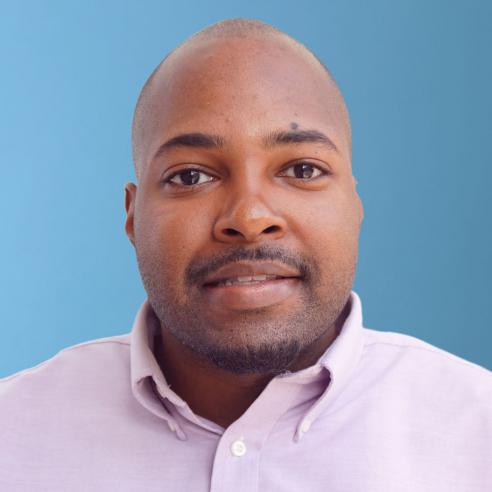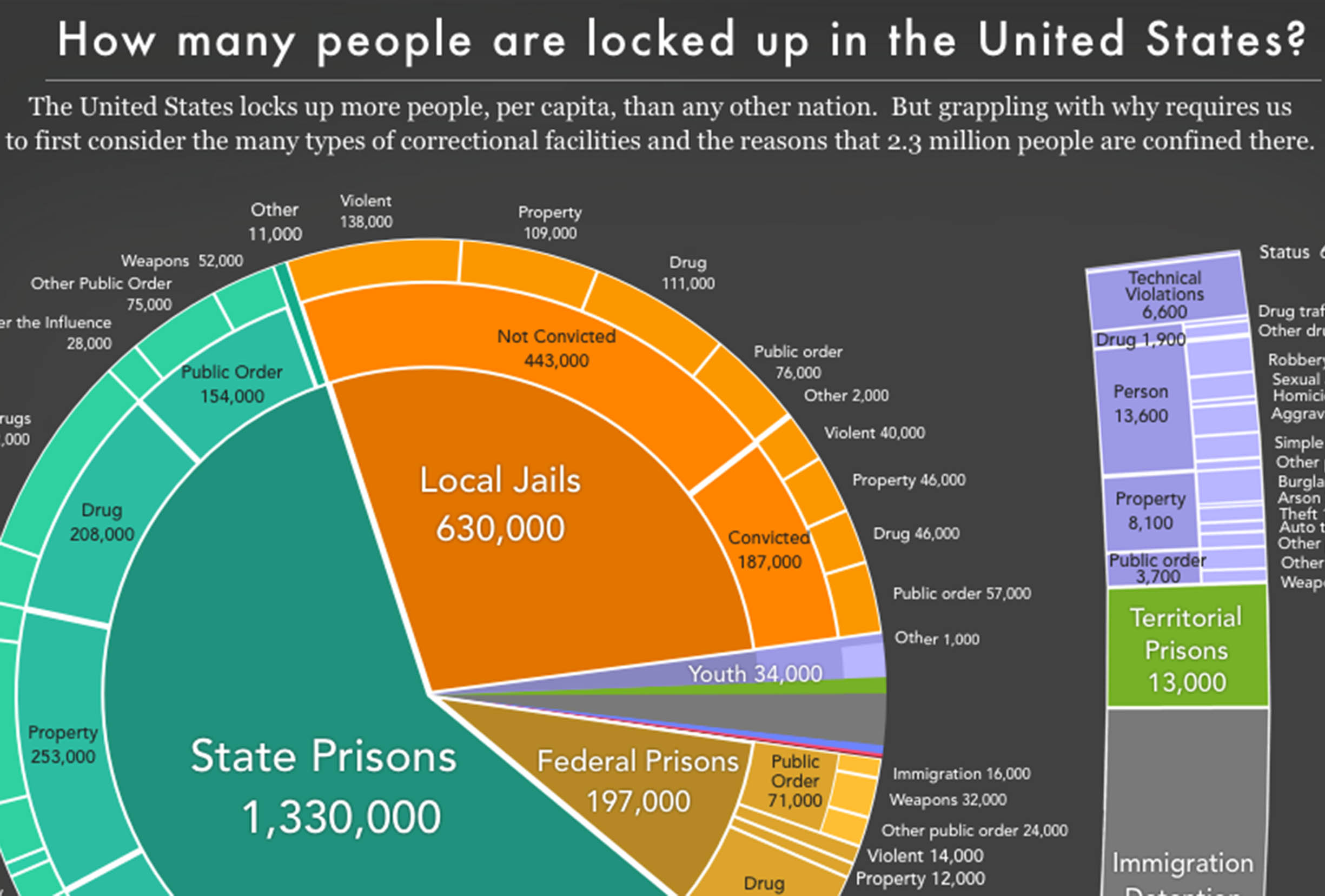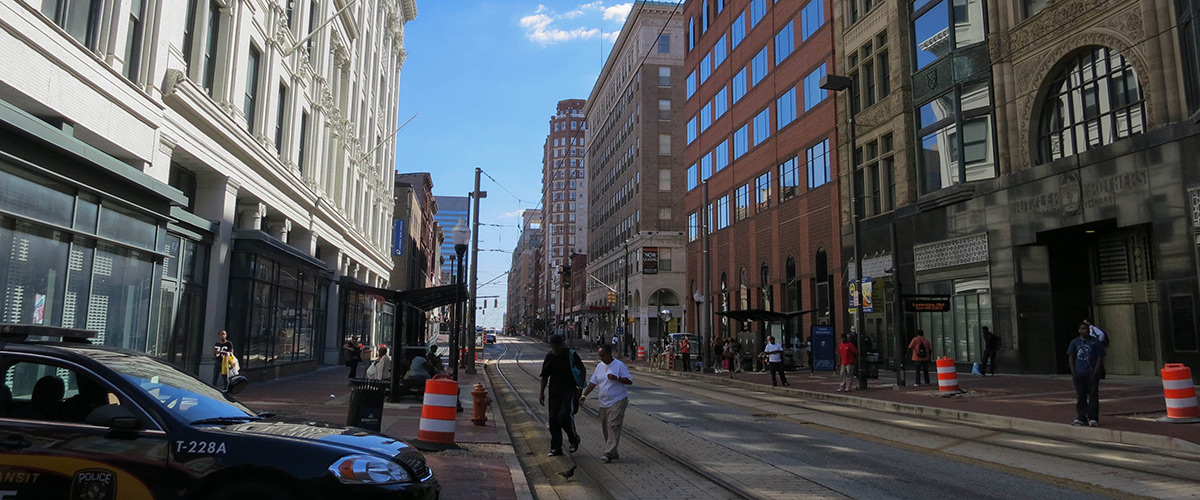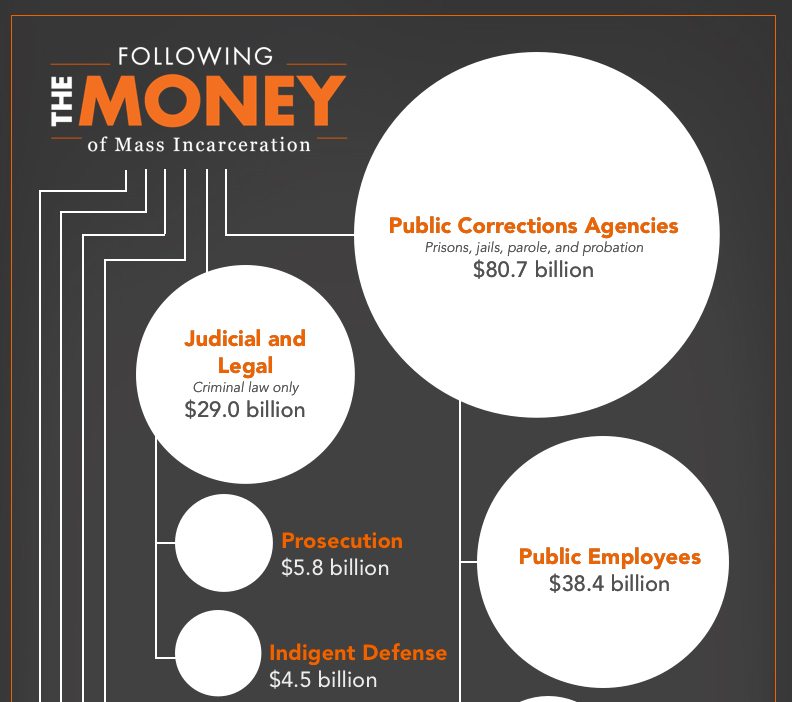Interagency Collaboration Jail Populations Victims April 7, 2017
Criminal justice reform is happening all across the country—reducing jail and prison populations through alternative sentencing that may include substance abuse, mental health, or batterer intervention treatment. However, most professionals engaged in reform are focused solely on the perpetrators of crime, not the victims. During National Crime Victims Week, we must understand that crime can fundamentally alter the life trajectories of victims, and recognize the importance of victims’ needs in the criminal justice system.
It is thus critical that the needs of victims are considered in every reform strategy. The National Center for Victims of Crime, a strategic ally of the Safety and Justice Challenge, has been conducting roundtables across the country at SJC sites, in order to engage victim services professionals and criminal justice reformers in a conversation about what victims expect from the criminal justice system.
The National Center hosted a national level roundtable in Philadelphia, PA as an exploration of what can be done to address victims’ needs at a national level. We also hosted two roundtables on the county level, in Mecklenburg County, NC and Spokane County, WA. Additionally, we sponsored a webinar, broadcast to over 150 victim advocates, which featured professionals from the Safety and Justice Challenge sites in Pima County, AZ and St. Louis County, MO.
According to the Alliance for Safety and Justice, twice as many victims prefer that the criminal justice system focus on rehabilitation instead of punishment. Throughout the roundtables, practitioners emphasized how many victims know the offender in some way—as an intimate partner, family member, or acquaintance. In these cases, victims often prefer the offender receive treatment rather than incarceration.
However, victims also want to feel safe in their communities and want assurance that services are actually available for offenders. If not, their feelings of insecurity remain. A number of SJC sites are working to address these concerns, demonstrating that it is possible to respond to victims’ needs through solutions other than incarceration. Pima County addressed the issue of available services by enrolling incarcerated individuals in Medicaid. Under the state’s Medicaid expansion plan, an increased number of mental health and substance abuse providers also made their services available to defendants who carry insurance. These services help rehabilitate offenders and keep victims safe.
Victim advocates also stated that parents of young offenders worried their child could only receive services if they were incarcerated in the juvenile system, not the adult system. In Mecklenburg County, SJC partners are working together to raise the age at which an individual can be tried and sentenced as an adult from age 16 to age 18. Juvenile offenders are able to receive pre-adjudication rehabilitative services such as substance abuse and mental health counseling and education, which may not be available in the adult system. They may also receive counseling to address trauma from other areas of their lives such as witnessing violence or experiencing abuse.
Increasing the availability of counseling was an important solution discussed throughout the roundtables and webinar. Many professionals agree that there is currently a false dichotomy between victims and offenders—and that many offenders have previously been victims. In St. Louis County, officials identified a need to pay special attention to female inmates. Most of these women had previous histories of sexual assault. To address this concern, St. Louis County partnered with the Queen of Peace Center, which provides treatment for substance abuse that includes community support, education, daycare, early childhood development programs, employment counseling, and housing for women who are transitioning from jail into the community.
Victim advocates further noted that they wanted equity in the criminal justice system. Unlike the offenders, in most cases, victims have no one consulting or counseling them through the justice process. The advocates expressed a need for such assistance and an opportunity for victims to also have access to services.
Obtaining justice is important for all victims of crime, but it is important to recognize that justice looks different for every victim. Some victims look for jail time, some look for rehabilitation options, but all look for accountability and equal access to the same services offenders can receive.








